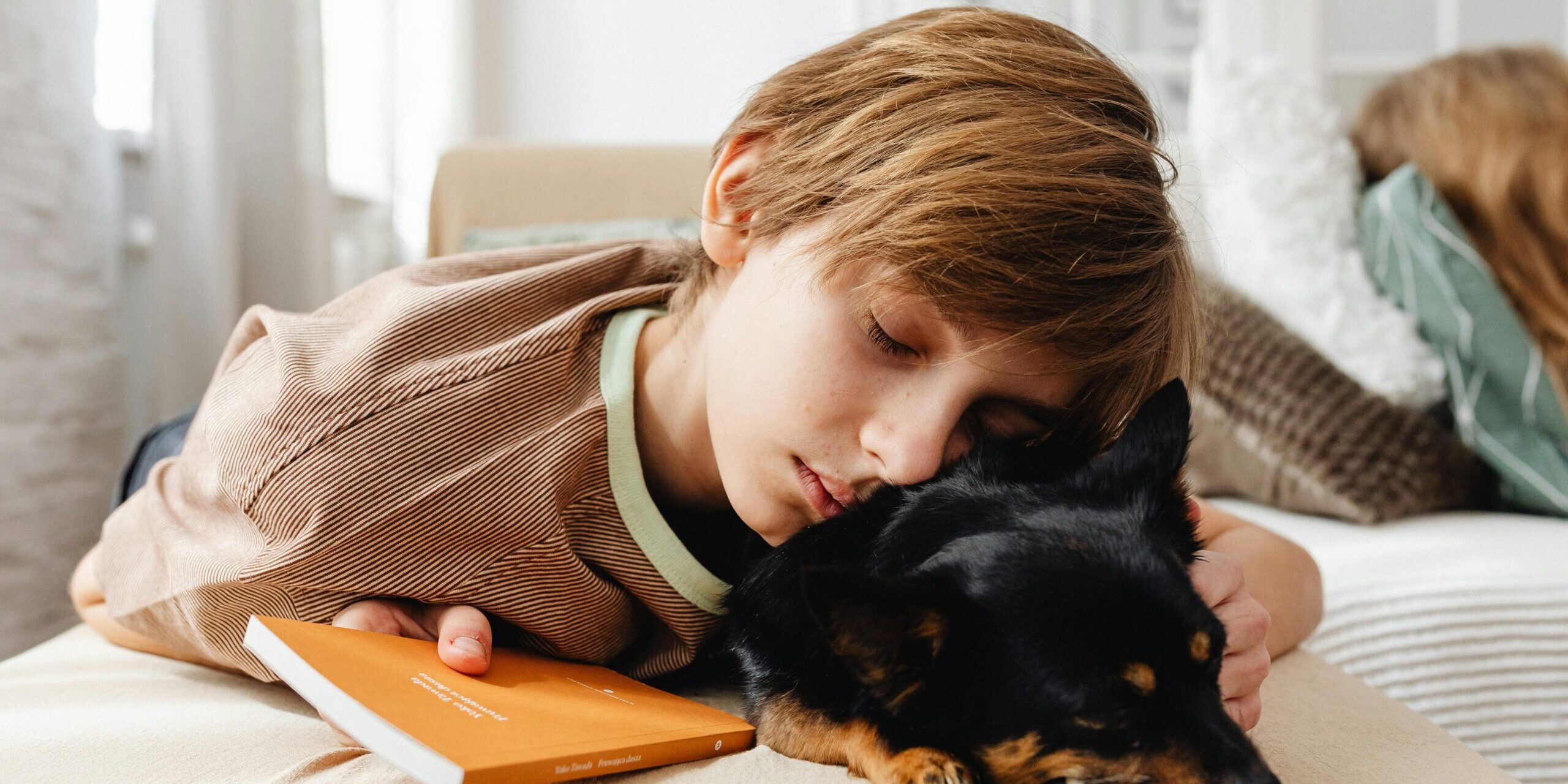
13 life skills children can learn from being with a dog
Children learn to understand and recognize emotions in others, including animals.
How: When children observe a dog displaying various emotions—whether it’s happiness, sadness, fear, or stress—they have a unique opportunity to empathize with the animal. This interaction helps them recognize emotional cues and respond appropriately to the dog's needs, ultimately enhancing their ability to care for others in all aspects of life.
Responsibility:
Caring for a dog involves numerous tasks that instill a sense of duty.
How: Children participate in essential activities such as feeding, filling water bowls, grooming, and taking the dog for walks. Through these responsibilities, they learn about commitment and the consequences of their actions, fostering a strong sense of accountability towards another living being.
Routines:
Dogs thrive on consistent routines, which can be beneficial for children as well.
How: By establishing regular times for feeding, walking, and grooming, children gain an understanding of structure and planning. This sense of routine not only helps them feel secure but also teaches them the value of time management in their daily lives.
Social Skills:
Interaction with dogs can significantly enhance children's social competence.
How: Playing with or training a dog allows children to develop essential skills such as cooperation, sharing, patiens and effective communication skills. These experiences can also strengthen their friendships and relationships with peers, as they can learn to engage positively with others.
Trust and Loyalty:
The bond formed between children and dogs fosters trust and loyalty.
How: Through daily play and interactions, children can build a strong connection with their dogs. This relationship teaches them the importance of trusting others and being loyal, values that are crucial in their friendships and family relationships.
Respect for Life:
Children learn to appreciate the value of life and the importance of caring for living beings.
How: Caring for a dog can help children understand that all creatures have feelings and needs, as well as the right to care and compassion. This awareness can broaden their empathy to include other animals and even people, fostering a more caring worldview.
Physical Activity:
Dogs require regular movement, encouraging children to adopt an active lifestyle.
How: Engaging in play and taking walks with a dog provides children with ample opportunities to be physically active. This not only contributes to their physical health but also supports their overall development.
Mastery:
Teaching a dog tricks or commands instills a sense of achievement in children.
How: When children witness their dog learning something new due to their efforts, it boosts their self-esteem and reinforces their ability to set and achieve goals. This process of mastery encourages persistence and determination.
Coping with Loss:
Children learn to navigate emotions related to loss and grief.
How: If a dog becomes ill or passes away, it presents children with an opportunity to understand the concept of grief and the natural cycles of life. They learn that sadness is a normal emotion, helping them develop resilience in the face of loss.
Problem Solving:
Dogs can be unpredictable, presenting opportunities for creative thinking.
How: When children encounter challenges with their dogs—such as managing unwanted behavior or figuring out ways to keep the dog entertained—they learn to think critically and creatively. This skill is valuable not just with pets but in various aspects of life.
Communication:
Children enhance their nonverbal communication skills through interactions with dogs.
How: Dogs respond to tone, body language, and facial expressions. As children observe how their own expressions affect the dog's behavior, they become more aware of the nuances of communication, both verbal and nonverbal. They can learn communication skills like, eye contact, shared attention and to send and receive clear messages.
Patience:
Training a dog requires significant time and patience.
How: As children engage in training sessions, they learn the importance of being patient and that mastery takes time. This understanding is a vital life skill that can be applied in many other areas of their lives.
Love and Honesty:
A dog never lies about its feelings or intentions. When treated with kindness, a dog often reciprocates with unconditional love.
How: Children learn the importance of being valued for who they are, as well as the joy of loving and being loved in return. This bond fosters emotional security and reinforces the idea that love is a fundamental aspect of all relationships.
Being with a dog provides children with a rich learning experience that extends far beyond simply having a pet. It offers invaluable opportunities for personal growth, the development of social skills, and a deeper understanding of responsibility and empathy. The lessons learned from this unique relationship can shape children into compassionate and responsible individuals as they navigate life.